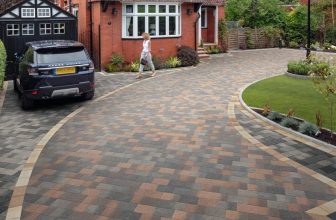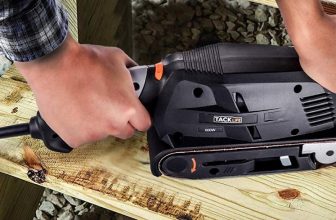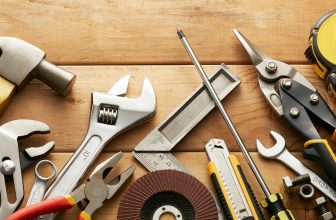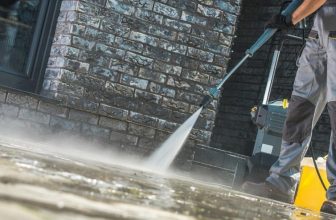Mold and mildew in the home are not only unsightly but it can also cause damage to people’s lungs and can be especially problematic for people with respiratory conditions such as asthma or COPD. Therefore, it’s a problem that needs to be taken care of as quickly and possible. To help our readers accomplish that goal, we’ve decided to write a guide that will help anyone reading it get rid of unsightly and dangerous molds and mildews in their homes.
The Difference Between Molds & Mildews
Before we get into the cleaning section of this article, we would like to explain to our readers the difference between mold and mildew. Let’s start by stating that all mildews are caused by molds, but that not all molds are mildew. We know that sounds confusing, but allow us to elaborate a little bit more before we continue with this guide.
Mildew is a type of mold that grows on top of moist surfaces, so they end up growing in places like the shower or around the sink. Mildew usually starts as gray or white, but will eventually turn black over time. Although mildews can cause respiratory problems, they usually only discolor or damage the exterior portion of the surface they’re on. Molds, on the other hand, are a different story altogether.
Certain molds are capable of damaging the integrity of the surface. Black and green molds can develop on drywall or wood and can seriously damage the integrity of the surface. That’s why in areas that are seriously infested with mold, the materials usually have to be removed completely to avoid further damage.
Safety Precautions When Dealing With Mold & Mildew
As we’ve already stated several times, mold and mildew can be hazardous to a person’s health, so the homeowner needs to take precautions when they’re dealing with it. If the mold or mildew case is severe, then we advise that the consumer contact a qualified professional to deal with its cleanup. However, if the consumer does feel like they can handle it themselves, they need to protect themselves properly.
When cleaning up mold and mildew, it’s important to wear safety goggles to protect your eyes, some kind of suitable face mask or respirator, and clothes that can be immediately cleaned. It’s also advisable to wear gloves to protect your hands from the chemicals used to treat the mold and mildew. And finally, the consumer should be sure to ventilate the area thoroughly when they’re using any cleaning products.
Getting Rid Of Mold & Mildew
Now that we understand the difference between mold and mildew, it’s time to turn our attention to getting rid of these two organisms. And we’re going to start with an explanation of the cleaning products that can get rid of mold and mildew before moving on to actual cleaning techniques. Okay, let’s get started.
Cleaning Products That Remove Mildew
If you’re looking for products that remove mildew, then you have a couple of choices available to you. For best results, we recommend going with a specialty mildew remover but other products can be used as well. Let’s take a look at some of the products that we feel do the best job of removing mildew.
- Star Brite Mildew Stain Remover
- Home Armor Instant Stain Remover
- Regular Household Bleach
- Distilled White Vinegar
Cleaning Products The Remove Mold
Although many of the cleaning products that can handle mildew can also handle mold, there are some exceptions to that rule. We’ve found several products that we feel work exceptionally well for destroying molds and we’ve listed some of them below.
- Chlorine Bleach
- Baking Soda & Borax
- Hydrogen Peroxide
Removing Mildew From Tile & Grout
Since the humidity in bathrooms is higher than just about any other part of the household, it’s the perfect environment for mold and mildew to grow. Fortunately, tile and grout are some of the easiest materials to clean. All that has to be done is for the person to apply the best mildew remover they have available and then allow it to sit according to the product’s directions. If you don’t have a mildew remover available, then a solution to one part bleach to twelve parts bleach will work just as well. Just spray the bleach on, wait for 15-minutes and then scrub the mildew away.
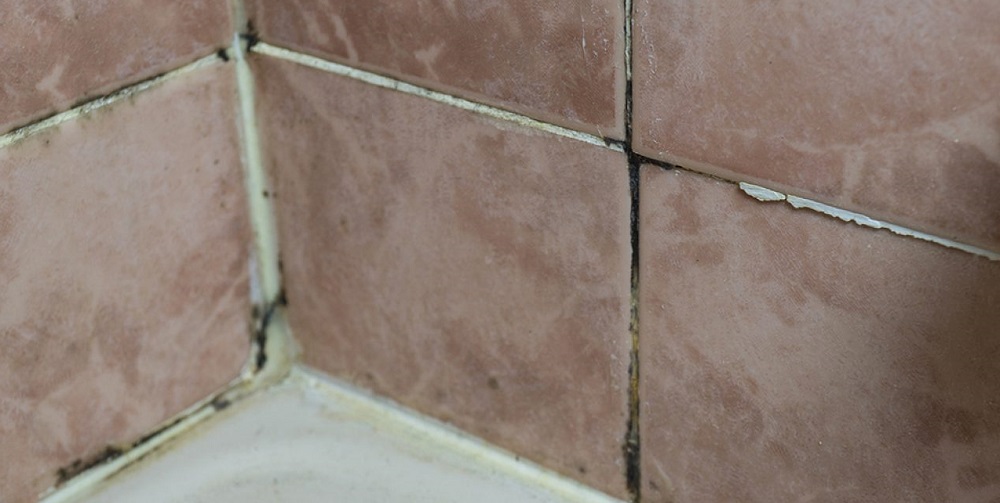
Removing Mold & Mildew From Appliances
Believe it or not, mold and mildew can grow on just about any surface and that includes your household appliances. That’s because food particles, moisture, and heat can all create the perfect environment for molds to grow. We should know because we’ve seen mold grow on everything from refrigerator seals to the filter of a coffee pot.
Removing mold and mildew from appliances isn’t a difficult proposition, however. For refrigerator seals, use a milder removal product or one cup bleach to a gallon of water and apply liberally. For coffee pots, run a cup of one part white vinegar and ten cups of water through a regular brew cycle. And for washing machines, just one an empty cycle with hot water and a dose of chlorine bleach.
Removing Mold From Wood & Drywall
The next thing that we want to talk about is removing mold from wood and drywall. And this can be a trickier proposition than cleaning other types of surfaces. That’s because you need to thoroughly inspect the area to make sure that the mold hasn’t damaged the wood or drywall too severely. This is especially true in the case of a black or green mold. If the mold has penetrated the surface, then it will have to be completely removed.
If the mold hasn’t penetrated the wood or drywall completely, then the next step is to clean it. This can be done by mixing one part dishwashing detergent to ten parts bleach and twenty parts water. Then using a sponge, apply this solution over the mold. Next, comes the most vital part. Be sure not to rinse off the solution but instead allow it to dry. That will ensure it has the time to completely kill off the mold.


